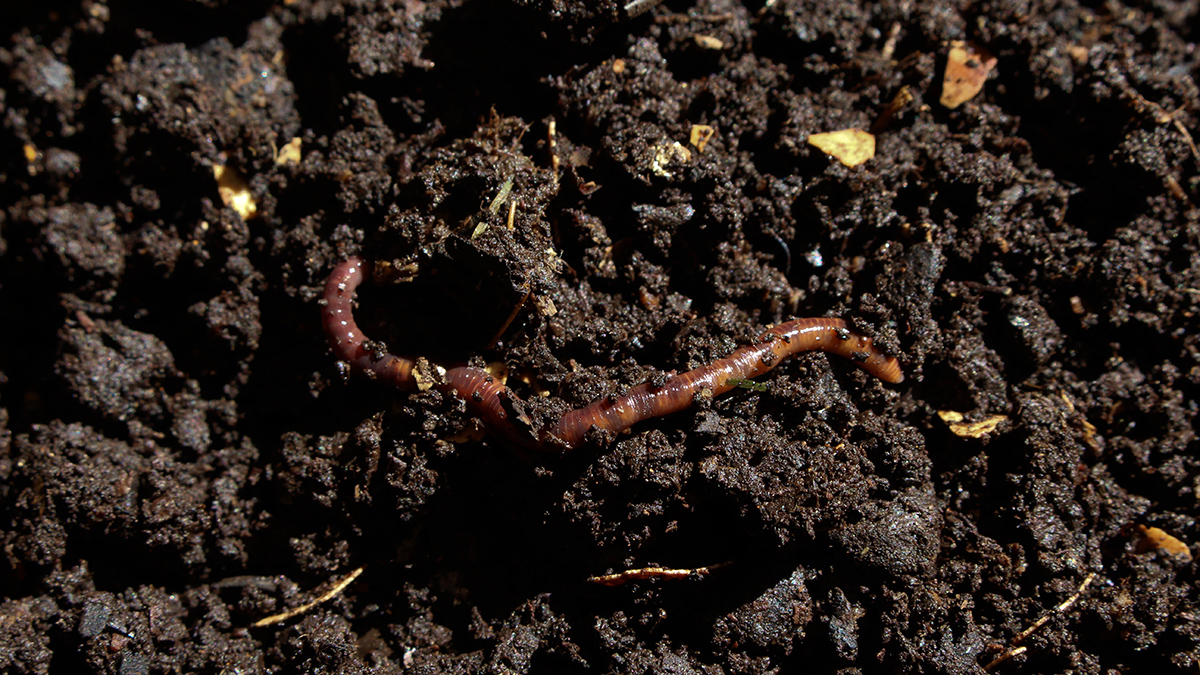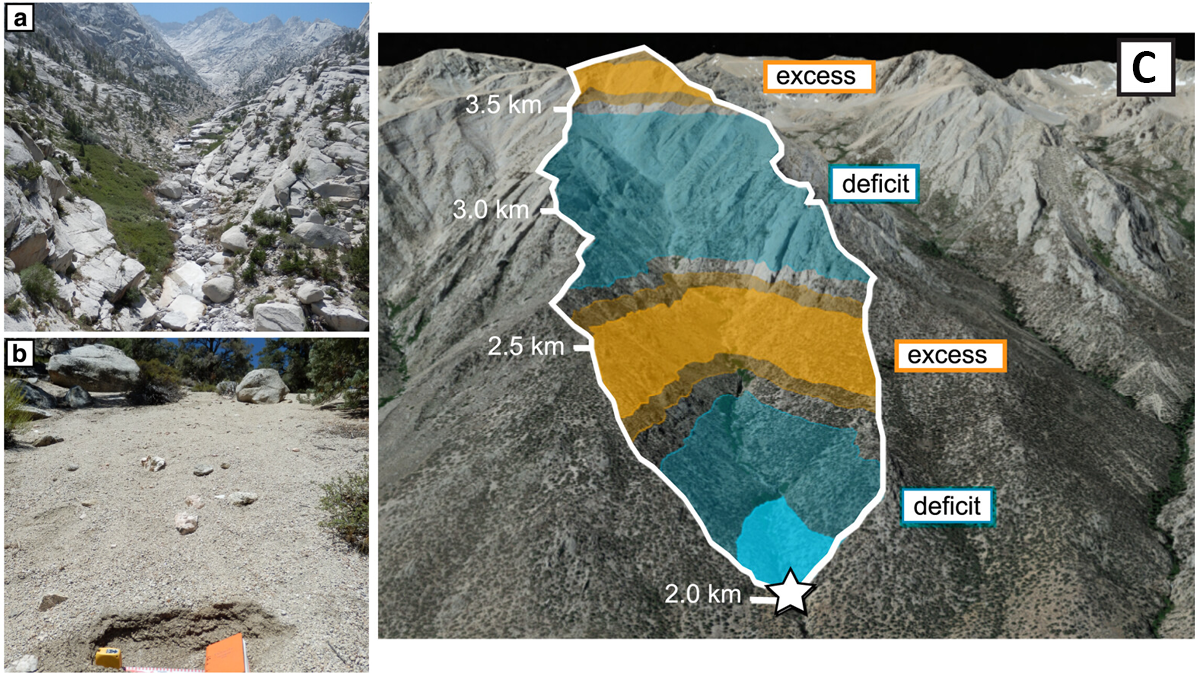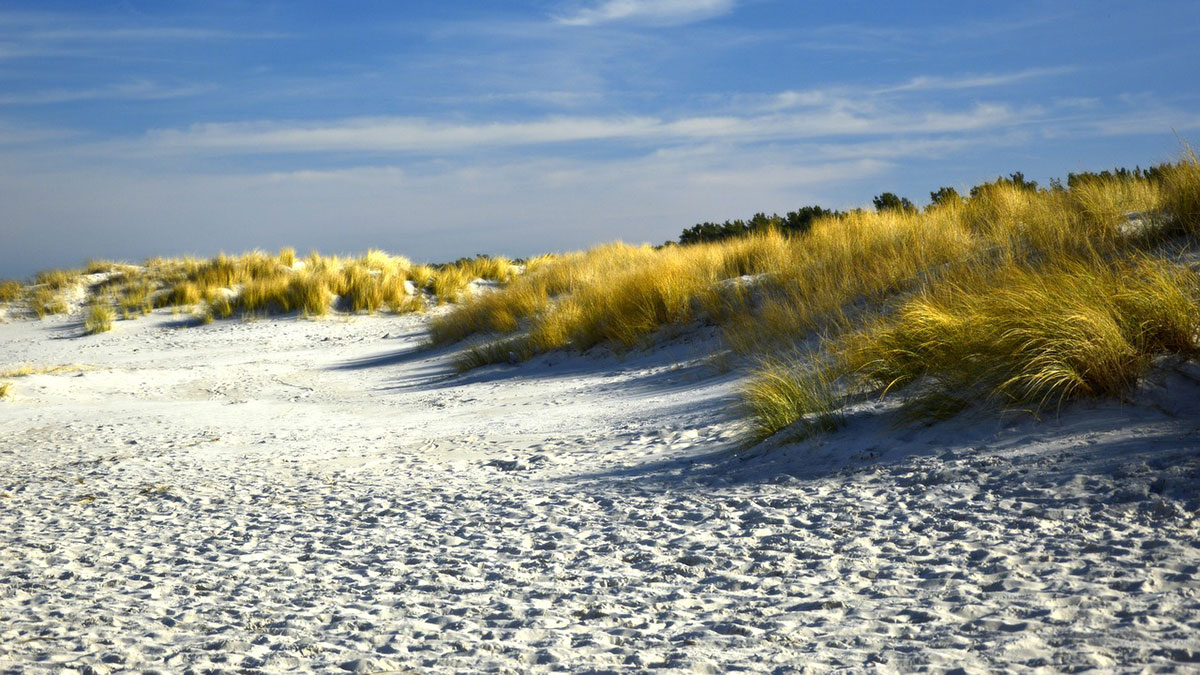Numerical modeling can help with identifying the combined effects of weed growth, flood frequency, and magnitude on gravel bed rivers.
erosion & weathering
Quartz-Gobbling Worms Are Weathering Earth’s Soils
New research in mineral weathering shows that earthworms may be an important contributor to Earth’s weathering cycle.
Weathering of Rocks Can Release Carbon Dioxide
New research upends the notion that the weathering of rocks mainly removes CO2 from the atmosphere. Rocks can also be carbon sources, releasing as much CO2 as Earth’s volcanoes.
Revealing a Catchment’s Erosional Secrets: Grain Size Matters
A provenance study with 699 new samples from 12 different sediment grain sizes (from sand to boulder) shows that each fraction originates from distinct parts of a mountain catchment in California.
Did These Curious Rock Formations Inspire the Great Sphinx?
New research says it’s plausible the Great Sphinx started life as a geomorphological oddity known as a yardang.
Desert Landscape Evolution Controlled by Storm Intensity
A new study in the Negev Desert finds that long-term erosion of a desert escarpment occurs in drier areas where intense storms are most frequent.
Las plantas construyen dunas pero pueden acelerar la erosión durante tormentas fuertes
Cuando las olas golpean las dunas con vegetación, se forman áreas anegadas frente a las plantas, lo que facilita que la arena sea arrastrada por la corriente más fácilmente. Sin embargo, las plantas aún son necesarias para formar las dunas en primera instancia.
An interesting erosive event in the Socavón Cochoa area of Viña del Mar, Chile
Dramatic erosion of a sand dune in Viña del Mar, Chile appears to be related to maintenance of a drainage pipe.
La chimie du corail reflète l’expansion économique d’Asie du Sud-Est
Les sols en érosion en raison du développement économique ont transporté des sédiments en mer de Chine méridionale… et jusque dans le squelette corallien.
Frozen Riverbanks May Erode Faster in a Warming Arctic
Frozen flume experiments reveal the sensitivity of permafrost riverbank erosion to water temperature, bank roughness, and pore-ice content.









